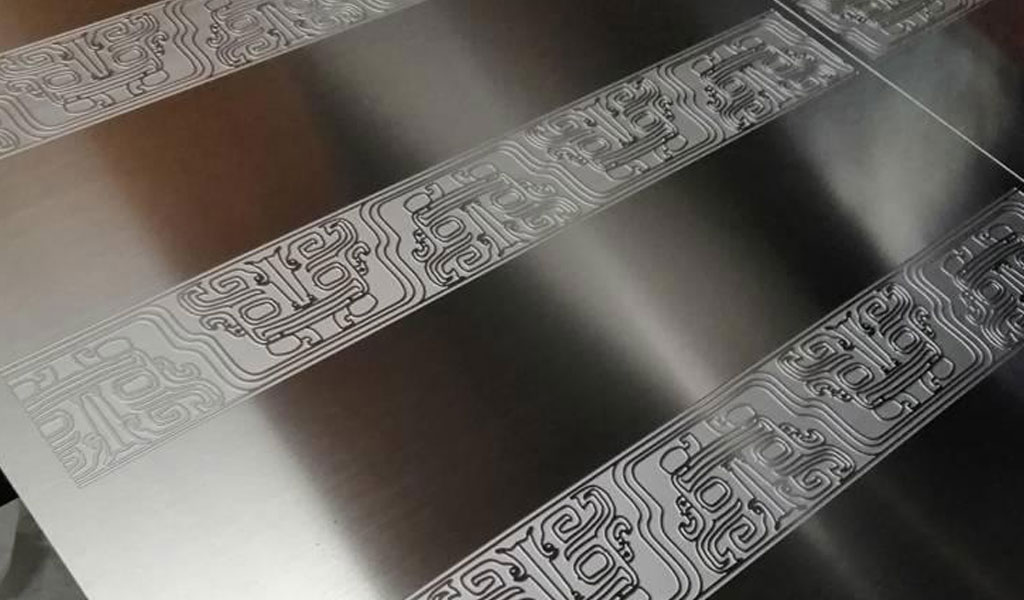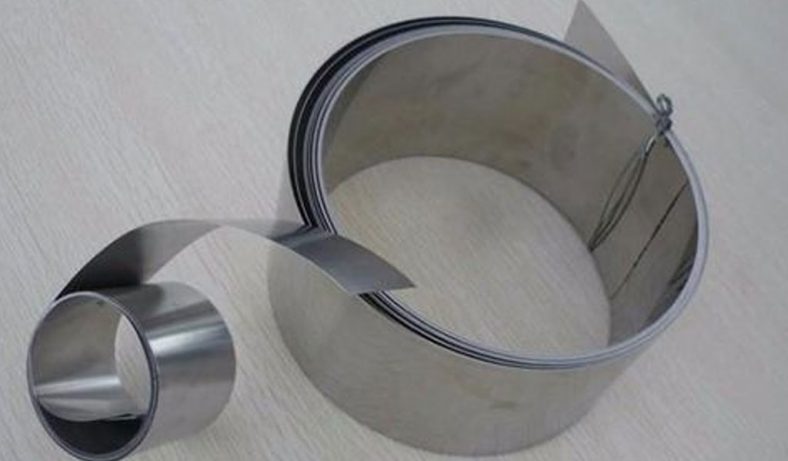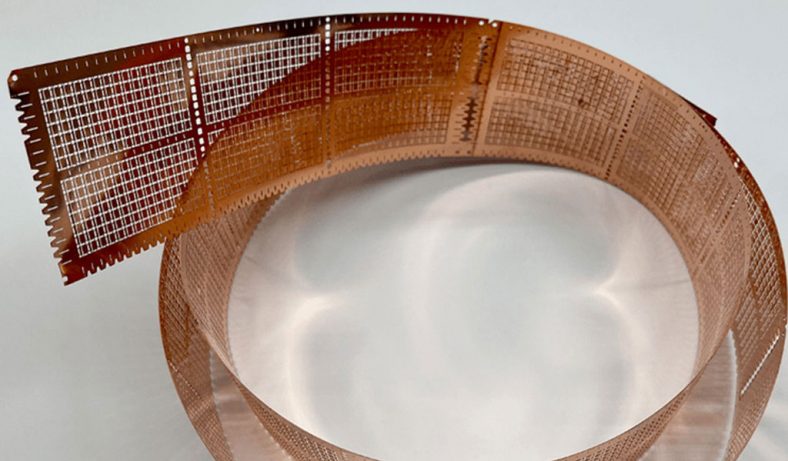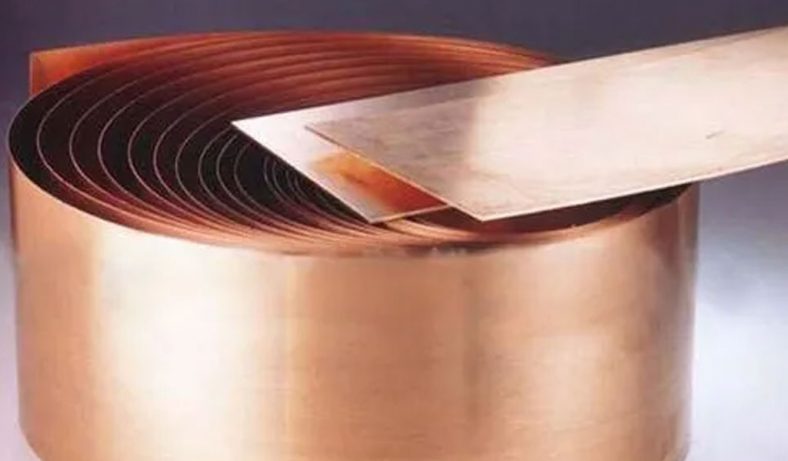
Etching is a printmaking technique that has been integral to artistic expression for centuries, with its origins tracing back to the early European Renaissance. The process involves using acid or other chemicals to create designs or patterns on metal plates, which are then inked and pressed onto paper or other materials to produce prints. The tradition of etching spans across various cultures, periods, and applications, from its early use in decorative arts to its importance in the world of fine art and modern industrial applications. This article delves into the historical development, techniques, materials, artistic influence, and continued relevance of etching across various domains.
Origins and Early History
The etching process can be traced back to the late Middle Ages, although early forms of metal engraving were practiced even earlier. The method of etching as we know it today began to take shape in the early 16th century in Europe. Prior to this, engravers would use sharp tools to carve into metal plates, a process that was laborious and limited in the kinds of textures and tonal gradations it could produce.
The true beginnings of etching as a technique began around the 1500s, with the introduction of acid-based techniques. This was made possible by advancements in chemistry, as artists discovered that they could use a mixture of acid to eat away at a metal plate in specific patterns. One of the earliest known examples of etching was by the artist Martin Schongauer, who is believed to have etched images directly into metal plates. However, it was not until the Italian artist Albrecht Dürer in the early 16th century that etching gained widespread recognition and respect in the art world.
Technique and Materials
Etching involves a relatively simple yet highly effective process, which can yield detailed and complex images. The standard materials for etching include metal plates, most commonly copper, although zinc and steel are also used, depending on the desired effect and the nature of the project. The metal plate is first cleaned and then coated with a thin layer of a substance like beeswax or a specially designed etching ground, which will act as a protective barrier. The artist then uses a sharp tool to scratch their design into the ground, exposing the metal beneath.
Once the design has been etched into the plate, it is submerged in an acid bath. The acid eats away at the exposed areas of the metal, deepening the grooves and creating the fine lines and textures that characterize the finished piece. The length of time the plate is left in the acid can determine the depth and darkness of the etching, allowing for a range of effects from delicate lines to deep, rich shadows.
After the plate has been adequately etched, it is thoroughly washed to remove the remaining acid and the protective ground. The artist then applies ink to the plate, ensuring that it fills the etched grooves. The surface is wiped clean, leaving ink only in the recessed areas. Finally, the plate is pressed onto paper or other materials using a printing press. The result is a print that faithfully reproduces the etched design, and depending on the pressure used and the type of paper, the depth and texture of the lines may vary.
Evolution of Etching as an Art Form
During the 16th and 17th centuries, etching flourished as both a fine art and a means of mass communication. In Italy, artists such as Rembrandt van Rijn and Giovanni Benedetto Castiglione revolutionized the technique, introducing new ways of using line and light to achieve striking visual effects. Etching became an important medium for many artists, who appreciated its ability to combine drawing-like line work with the tonal effects of intaglio printing. The delicate interplay of light and dark, along with the ability to build up layers of ink and texture, made it ideal for exploring complex subjects.
Etching also played a key role in the artistic movement of the Baroque period. Artists like Rembrandt and Francisco Goya used etching as a means of exploring social issues, human suffering, and the darker side of life. Rembrandt, in particular, is noted for his mastery of etching, using the technique to create some of his most celebrated works, including “The Hundred Guilder Print” and “Self-Portrait with Two Circles.” These pieces showcase the potential of etching to convey deep emotion and drama through stark contrasts of light and shadow.
In the 18th and 19th centuries, etching continued to evolve. The development of aquatint, a technique used to create tonal effects similar to watercolor, allowed for even more variation in the types of images that could be produced. Artists such as James Whistler and Henri Toulouse-Lautrec contributed to the continued refinement and popularization of etching. Whistler, for example, is known for his atmospheric works created through delicate etching techniques, while Toulouse-Lautrec used the medium to produce striking posters and other graphic art.
By the 20th century, the advent of modern printing technologies, such as lithography and offset printing, meant that etching was no longer the primary method of producing mass prints. However, etching remained a respected and sought-after technique in fine art, as many artists, including Pablo Picasso and Marc Chagall, continued to experiment with it. The tradition of etching as an artistic form remains strong to this day, with contemporary artists exploring new ways to integrate etching into their work.
Etching in Other Art Forms and Applications
Beyond its role in fine art, etching has played an important part in other fields. In graphic design, etching has long been used for decorative purposes, such as creating intricate patterns on glass, metal, and other materials. Jewelry designers, for instance, have used etching to create finely detailed designs on precious metals, producing one-of-a-kind pieces that demonstrate both the precision and artistry of the technique.
In the realm of industrial applications, etching plays a vital role in the production of microelectronics and printed circuit boards (PCBs). The process of etching is used to create tiny, intricate patterns on metal substrates, a critical step in the manufacturing of these components. In this context, etching serves as a means of precisely cutting away unwanted material to reveal the desired pattern, ensuring that electronic components function as intended.
Etching also holds significant importance in the production of decorative and functional items, such as glassware, ceramics, and textiles. Artists and manufacturers have used etching to add complex designs to glass, creating intricate patterns and scenes that are visually striking. Similarly, etching has been used in the textile industry to create fine patterns on fabric, a process that was especially popular during the 18th and 19th centuries.
Etching Today
Today, etching remains a valuable tool for artists, especially those who wish to produce limited edition prints or explore the nuances of line and texture in their work. With the advent of digital technologies, some artists have incorporated computer-generated designs into their etching processes, blending traditional methods with modern innovations. For instance, some contemporary artists use laser etching machines to create highly detailed and precise images on a variety of surfaces, expanding the possibilities of the medium even further.
In recent years, there has been a renewed interest in traditional printmaking techniques, including etching. This resurgence is driven in part by the desire to preserve artisanal practices and the unique qualities of handmade art. Etched prints, with their deep textures and distinctive lines, offer a tactile experience that cannot be replicated by digital methods. The tradition of etching continues to inspire new generations of artists who are drawn to the method’s combination of precision, spontaneity, and expressive potential.
Conclusion
Etching is a time-honored tradition that spans centuries, rooted in both its artistic potential and its technological applications. From its humble beginnings in the Renaissance to its modern-day uses in fine art and industry, etching has proven to be a versatile and enduring technique. Whether in the hands of a master artist like Rembrandt or a contemporary printmaker, etching remains an art form that values both meticulous craftsmanship and artistic expression. As the tradition continues to evolve, the influence of etching is likely to remain a cornerstone of the artistic world, offering a connection to the past while embracing new methods and ideas for the future.



























